Fault Tree Analysis Explained: Simple Examples for Everyone
Fault Tree Analysis (FTA) is a way to figure out and get the hang of possible system breakdowns and what causes them. It uses diagrams to show a system's failure paths. Each level indicates potential causes. FTA applies in critical sectors like aviation, nuclear energy, and healthcare. It also covers the chemical, automotive, defense, and technology sectors. In these areas, safety and reliability are paramount. It aims to find critical failures that could break the system. It then traces these failures to their origins to find their causes and severity. FTA can provide insights. They can help prevent failures and improve system reliability. This Fault Tree Analysis example offers a systematic approach to identify, mitigate, and ensure the safety and reliability of systems.

- Part 1. Best Fault Tree Analysis Graph Maker: MindOnMap
- Part 2. Fault Tree Analysis Example
- Part 3. Fault Tree Analysis Template
- Part 4. FAQs about Fault Tree Analysis Example Template
Part 1. Best Fault Tree Analysis Graph Maker: MindOnMap
MindOnMap is a helpful tool for brainstorming and doing fault tree analysis templates. This application also applies when trying to figure out what could go wrong. It's really easy to use and helps you see how different things can affect each other. If you're trying to find potential problems, MindOnMap is a great place to start.
Key Points:
• MindOnMap simplified diagram creation for fault trees, which illustrate potential failure points.
• These diagrams can be structured in layers, aligning with the traditional problem-solving approach.
• It's also flexible, allowing you to customise the appearance.
• Team collaboration is possible, with everyone working simultaneously on the same diagram.
• You can save finished diagrams in various formats for sharing or future reference.
Log in if you're already in. If not, create a new account. Hit the New Project button on the dashboard to start a new project.
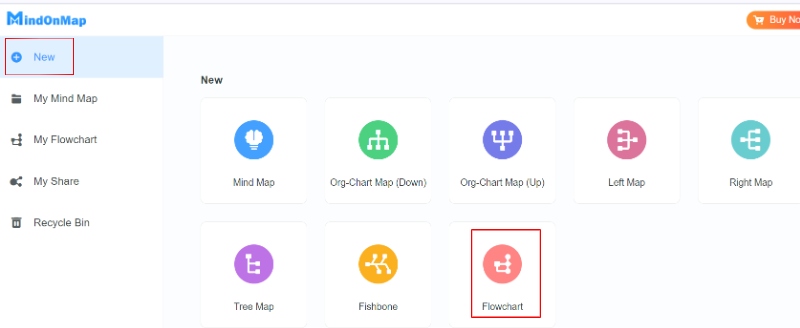
Start by making the main node show the main event or system failure you're investigating. Give your main node a clear name for the main event. You can also pick your shapes and themes.
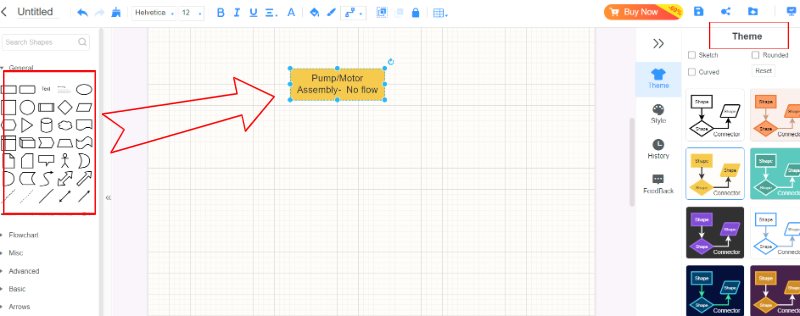
Add smaller nodes that come off the main node. These are the basic events or the main reasons that could lead to the main event. Ensure each basic event node is named well to describe what it's about.
If some events depend on others, add middle nodes to show these connections. Use symbols or words to show AND and OR connections between nodes. Show that all the connected events must happen for the main event, and show that any of the connected events can lead to the main event.
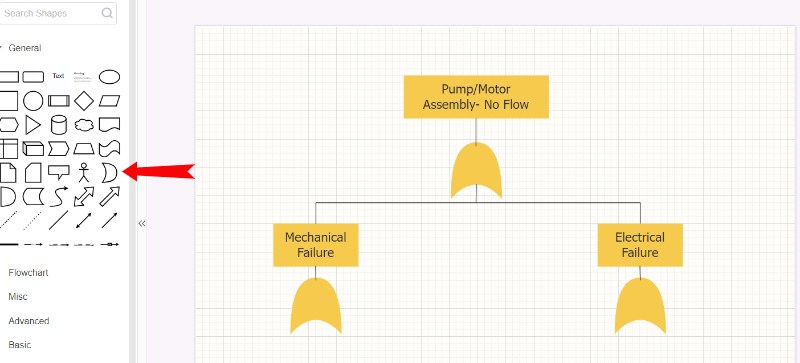
Arrange your fault tree so it's easy to understand, making sure the steps from basic events to the main event flow make sense. Change the look of the nodes and connections to make them stand out.
Save your fault tree in a format you like (like PDF or image). Add your fault tree to your project reports or presentations to support your analysis.
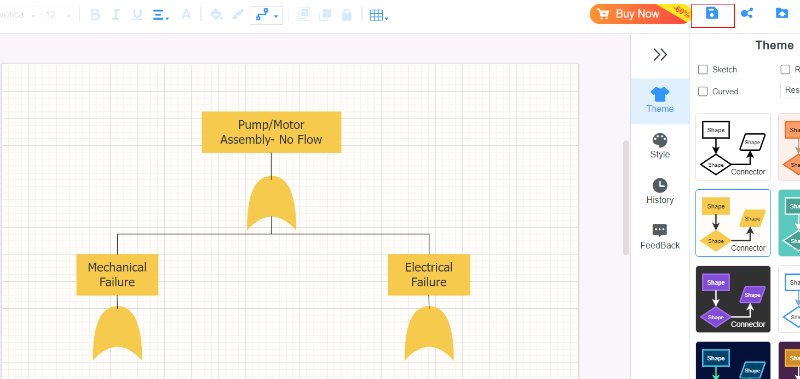
Part 2. Fault Tree Analysis Example
Here are some example fault tree analysis to make you understand clearly.
Example 1. Fault Tree Analysis Examples: Electrical System
Explanation:
• Top Event: The light bulb does not illuminate
○ Basic Event 1: Power source failure
○ Basic Event 2: Switch failure
○ Basic Event 3: Wiring failure
○ Basic Event 4: Wire break
○ Basic Event 5: Loose connection
The main thing that went wrong was the light bulb not turning on. The other things that could have caused this (like the power not working, the switch not working, or the wires not being connected right) are possible reasons for the main problem. The basic problems (like a broken wire or a loose connection) are the simplest issues that could lead to the light bulb not working. This picture shows all the possible reasons why the light bulb didn't light up, making it easier to check how reliable the whole system is.
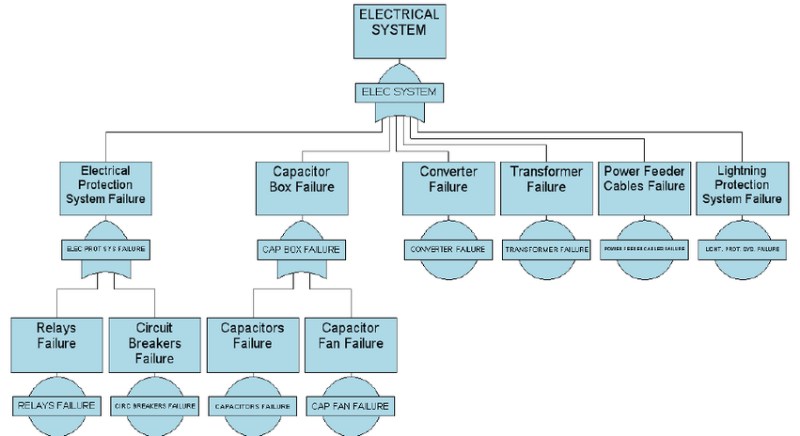
Example 2. Fault Tree Analysis Sample: Spacecraft Launch System
Explanation:
• Top Event: Unsuccessful launch
○ Intermediate Event 1: Rocket failure
◆ Basic Event 1: Engine failure
◆ Basic Event 2: Structural failure
○ Intermediate Event 2: Launchpad failure
◆ Basic Event 3: Ground control failure
◆ Basic Event 4: Communication system failure
The main event is the undesired outcome: a failed launch. Secondary events include critical components or sections that may not function as intended. Fundamental events are the fundamental breakdowns that occur in each component or section. This diagram outlines the potential reasons for a failed spacecraft launch, allowing for a comprehensive analysis of the system's reliability and security.
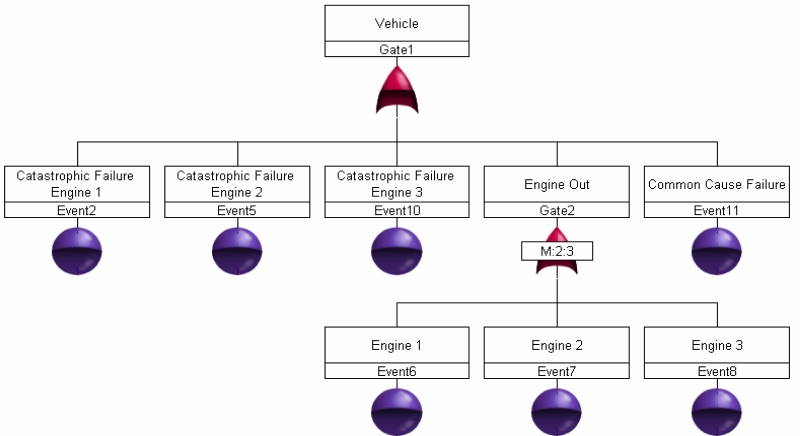
Part 3. Fault Tree Analysis Template
A Fault Tree Diagram template offers a structured way to examine potential failures in complex systems. It includes pre-made components and symbols. These help make the process efficient, consistent, clear, and flexible. Common elements include top events, basic events, intermediate events, gates, and symbols. These templates aid in pinpointing failure points, evaluating risks, and enhancing system safety.
Fault Tree Diagram Example Template Made With MindOnMap
Primary issues like Circuit stops working. Parts failing (like power unit, switch, wires, etc.) Main parts failing (like short, open, or broken parts). Logical tools to show how events are linked. Pictures or signs for parts and their connections.
Using the Template:
Begin by mentioning the main issue. Split the main issue into smaller parts and think about what each might be. Find the main problems causing the middle parts to fail. Use logical tools to show how these parts are linked. Make the template fit your circuit by adding or removing parts and issues.
Using a Template is Helpful:
• It makes things more efficient by having a clear plan.
• It helps understand issues better.
• It keeps things consistent.
• It fits your specific needs.
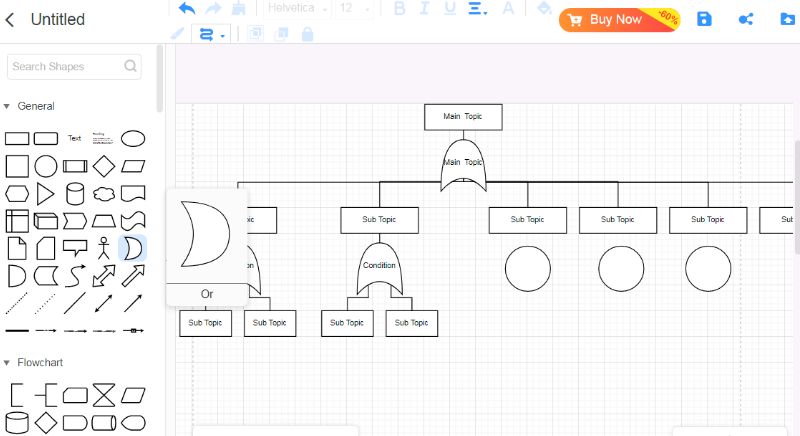
Part 4.FAQs about Fault Tree Analysis Example Template
What are the steps to write a fault tree analysis(FTA)?
Creating a fault tree analysis involves organising steps to pinpoint possible failures and their causes. Here's a summary:
1. Identify the main failure, its main cause, and any lower-level causes.
2. Link these failures using logical conditions like AND or OR.
3. Use visual symbols to make the tree easy to understand.
4. Confirm that the analysis correctly mirrors the system's design and failure possibilities.
5. Briefly summarise the fault tree, explaining each part.
How do you create a fault tree analysis in Word?
To make a basic fault tree in Word, follow these steps:
1. Open a new blank document.
2. Use the drawing tools to add event shapes like rectangles and gate shapes like diamonds.
3. Connect these shapes with lines or arrows showing their relationships.
4. Add text boxes to label the shapes.
5. Customize the look of the fault tree using fonts, colours, and layout.
What is a simple example of a fault tree analysis?
An example of a household electrical circuit is when the light bulb doesn't light up. Possible issues could be the Power source, the Switch, or a Wiring problem. Wiring problems could be a Wire break or Loose connection. A fault tree shows these steps, helping to find out why the light bulb isn't working.
Conclusion
A fault tree analysis template is necessary to find possible problems in complicated systems. It uses pictures to show how one thing can lead to another, helping companies figure out risks, plan how to reduce them and strengthen their systems. You can use special software or do it by hand with tools like MindOnMap to make good FTA templates. It makes analysing things easier and ensures you get the same results every time. By learning the basics of FTA and choosing the right tools, people and teams can do deep FTA checks, which helps make systems safer and work better.










